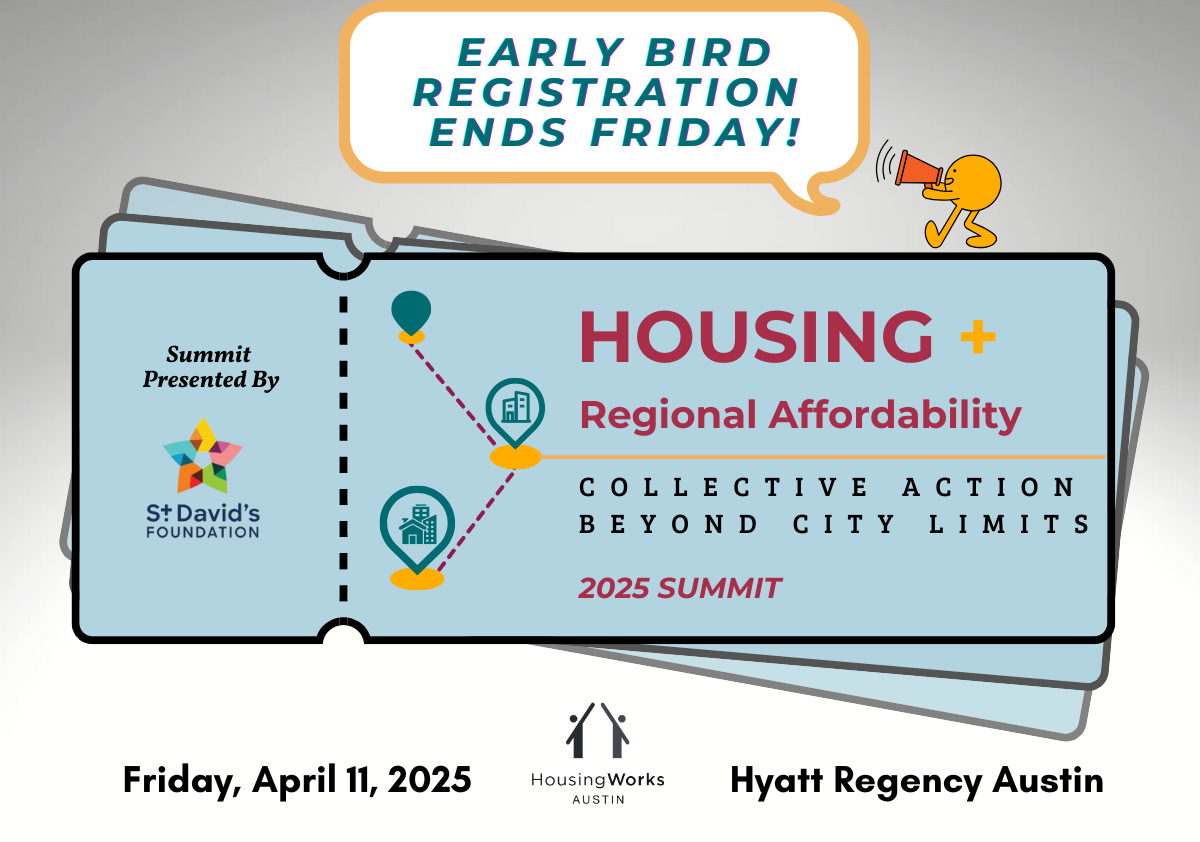Ambitious proposal for Congress Avenue includes pedestrian plazas, bike lanes
Tuesday, October 22, 2024 by
Chad Swiatecki At its meeting last week, City Council’s Mobility Committee learned the details of a proposed ambitious redesign and reconstruction plan for Congress Avenue, which would convert the avenue into a more pedestrian-focused area over a number of possible phases.
The project could fully transform Congress Avenue from Riverside Drive to 11th Street, creating pedestrian plazas, upgrading bike lanes and enhancing public spaces along the thoroughfare. The full plan is projected to cost $130 million, with the city only having $22 million allocated in the 2020 mobility bond available to start.
The “full build scenario” includes extensive upgrades aimed at rebalancing the street to prioritize pedestrian and cyclist traffic while maintaining car accessibility. Laura Dierenfield, active transportation and street design division manager for the Transportation and Public Works Department, said the plan involves the creation of pedestrian plazas on the northern blocks of Congress, particularly around cultural landmarks like the Paramount and State theaters.
That section would include seating areas, rain gardens and enhanced bike lanes to make the avenue more engaging for public gatherings. She noted that the costs associated with regrading the street, adding new infrastructure and replacing trees will make it difficult to fund without future financial moves from the city to address infrastructure.
The vision for the Congress Avenue bridge includes expanded pedestrian spaces, improved bike lanes and shaded areas for public use. The improvements would require an all-or-nothing approach due to the structural requirements. Given the budget constraints, the bridge portion is currently unfunded, leaving it as a potential future phase.
The city has proposed a first phase that focuses from Cesar Chavez Street to 11th Street including protected bike lanes, pedestrian zones, and traffic flow enhancements to make the area safer for all users.
Due to the differences in grading on the east and west sides of the street, Dierenfield noted the west side would need to be constructed at a higher baseline, giving that side of the street something akin to an amphitheater view of the rest of the area.
During the meeting, Council Member Zo Qadri, whose district includes the area in question, asked how staff has weighed the number of traffic crashes on Congress Avenue in recent years, particularly near the Cesar Chavez intersection. Dierenfield said the planned upgrades aim to reduce these incidents by providing better infrastructure and clearer traffic management.
The angled parking spaces along Congress would be converted into bike lanes and pedestrian zones, although the city plans to maintain ADA-accessible parking spots. Dierenfield said city staff is exploring alternative funding sources and partnerships, including discussions with the state government, which manages parking along certain blocks of Congress.
Council members raised concerns to ensure that key stakeholders, including local businesses, cultural organizations and event promoters, are involved in the planning process so major events such as road races and festivals aren’t excluded from being able to take place downtown. Dierenfield said a special focus group for those stakeholders is being planned to make sure their events could be reconfigured to fit with the upgrades and enhancements to various sections of the street.
Council Member Chito Vela asked about any potential issues with the state government concerning parking or other logistical concerns regarding the transformation of 11th Street, of which the city has a right of way. Lacking those concerns, Vela said he hopes the state would be an active booster of the plan.
“Credit where credit is due. The state has done a great job with the work on the north side, so I know on kind of first blush, I think they would be very receptive to this,” he said.
The city has scheduled two public input sessions this week to gather feedback on the proposed changes.
The Austin Monitor’s work is made possible by donations from the community. Though our reporting covers donors from time to time, we are careful to keep business and editorial efforts separate while maintaining transparency. A complete list of donors is available here, and our code of ethics is explained here.
You're a community leader
And we’re honored you look to us for serious, in-depth news. You know a strong community needs local and dedicated watchdog reporting. We’re here for you and that won’t change. Now will you take the powerful next step and support our nonprofit news organization?






